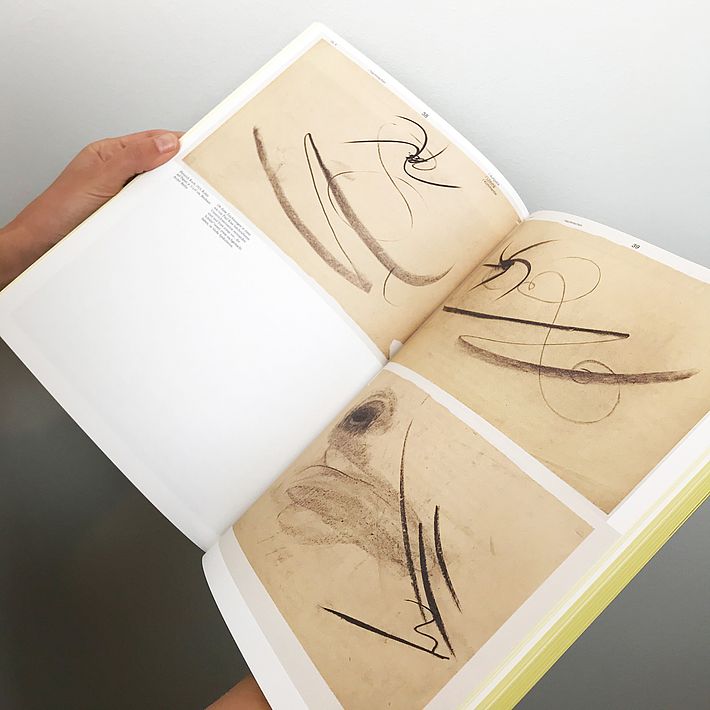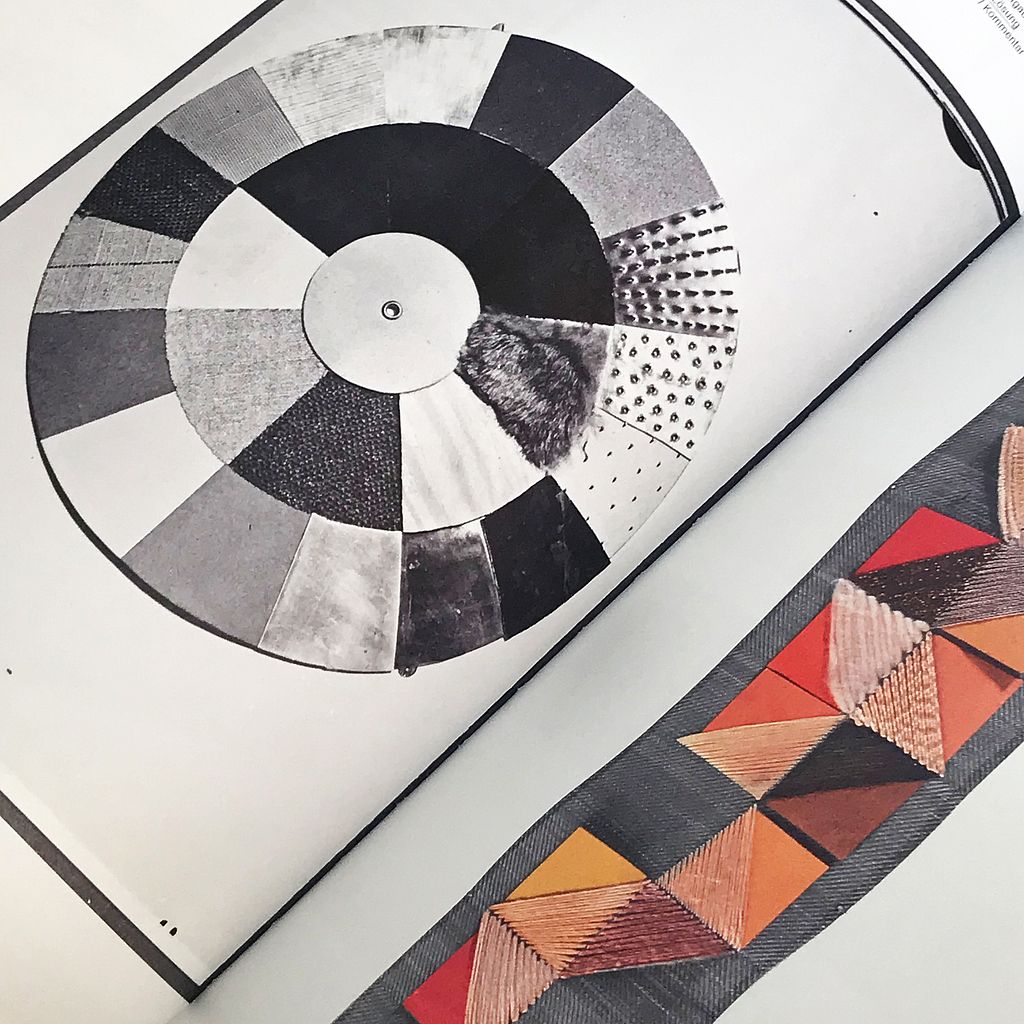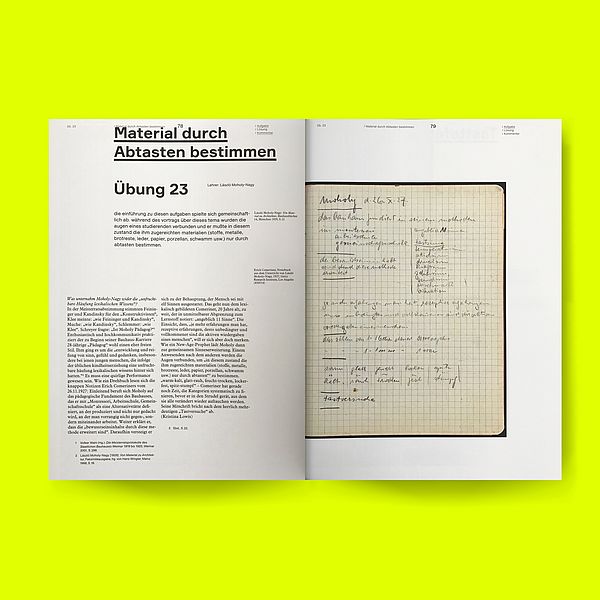Practising means gathering experiences
Nina Wiedemeyer, Friederike Holländer and Sarah Lamparter have produced the “original bauhaus übungsbuch”. We asked the creative trio three questions.

How did the “original bauhaus übungsbuch” come about?
Friederike Holländer: As a Bauhaus Agent, I also work in schools and originally, there was the simple question: what does it actually mean that the Bauhaus was a school? You study teaching at the Bauhaus and inevitably look at the famous foundation course, which still influences the way we teach art today.
Nina Wiedemeyer: We wanted to know what the tasks actually were at that legendary foundation course and discovered there was no book on the subject in the extensive library of the Bauhaus Archive – or anywhere else! Naturally there are countless publications on the foundation course, but none of them present the exercises in detail.
Then we started researching and pooled highly disparate pieces – notes and memories written down by Bauhaus protagonists on pieces of paper, in diaries, in letters and on the side of drawing papers; naturally in addition to the foundation-course pieces themselves, but also theoretical approaches on the theme of practising and guidance.
What were the underlying considerations for the design?
Sarah Lamparter: The initial premise was that the “übungsbuch” should not be representative like an exhibition catalogue and instead be a manual. For instance it should fit on an A3 photocopier so it can be used as teaching material.
NW: It is also a kind of source-material collection. We present a wide range of sources in the original so that readers can make their own minds up. We had most of the sources professionally photographed, but there are even a few mobile-phone snapshots of archive materials in the book! The images take up a lot of space in the “übungsbuch”.
SL: The pressure of expectations was very high: as a designer, that is inevitable if you produce a book on the 100th anniversary of the Bauhaus. One important ordering criterion for the book was what I call “bureaucracy”: the book consists of tasks, solutions and comments. We wanted to make those different constituents visible in the typography. So for instance the tasks are presented in a Grotesk font, while the comments use a Serif typescript. The text in the table of contents, where the administrators of the heritage speak, uses a reserved Monospace font. We deliberately decided to use pre-Bauhaus fonts to be free of the Bauhaus as a supermodel for design.

What did you learn through your work on the “übungsbuch”?
FH: It became very clear to us – especially due to the lack of a coherent documentation – that the foundation course was not about results, but about experiences! That’s why the “übungsbuch” doesn’t say “This is exactly how it was.” Some exercises are based on historical examples, while others only reflect them or are reconstructed from traces.
NW:When we think of the Bauhaus, we often have specific objects in mind. The “übungsbuch” is an attempt to deliberately focus on the teaching aspect. On the one hand, learning in the foundation course was very free, because it was not orientated towards specific results. Nevertheless, the foundation course was anything but a call to “do it yourself”. As simple as the task may initially sound, the intensive study of the material, often lasting weeks, challenged the students. That was sometimes also frustrating. So not everyone found the foundation course enjoyable. Some students even wrote an open letter questioning the purpose of the foundation course.
[Translate to English:] headline
Nina Wiedemeyer is a Curator at the Bauhaus-Archiv / Museum für Gestaltung and curated the anniversary exhibition “original bauhaus”.
Friederike Holländer is a Bauhaus Agent at the Bauhaus-Archiv / Museum für Gestaltung.
Sarah Lamparter is a graphic designer and co-founder of the design office Otto Sauhaus.
original bauhaus übungsbuch, edited by Friederike Holländer and Nina Wiedemeyer for the Bauhaus-Archiv / Museum für Gestaltung, Prestel Verlag, 160 pages, German and English
